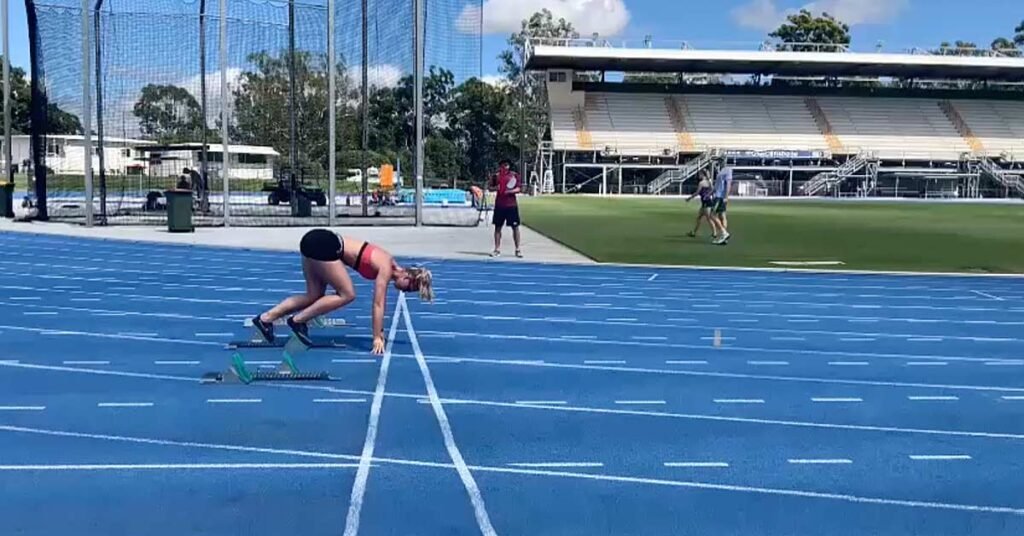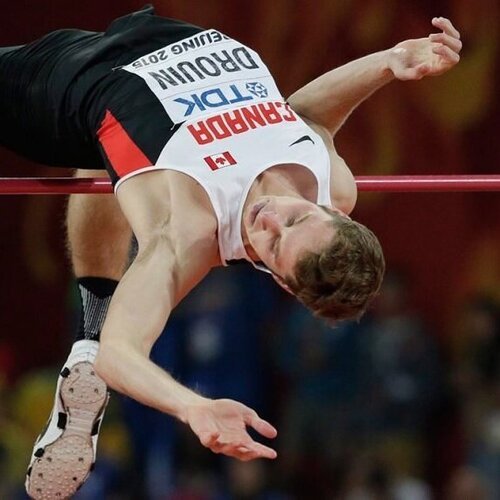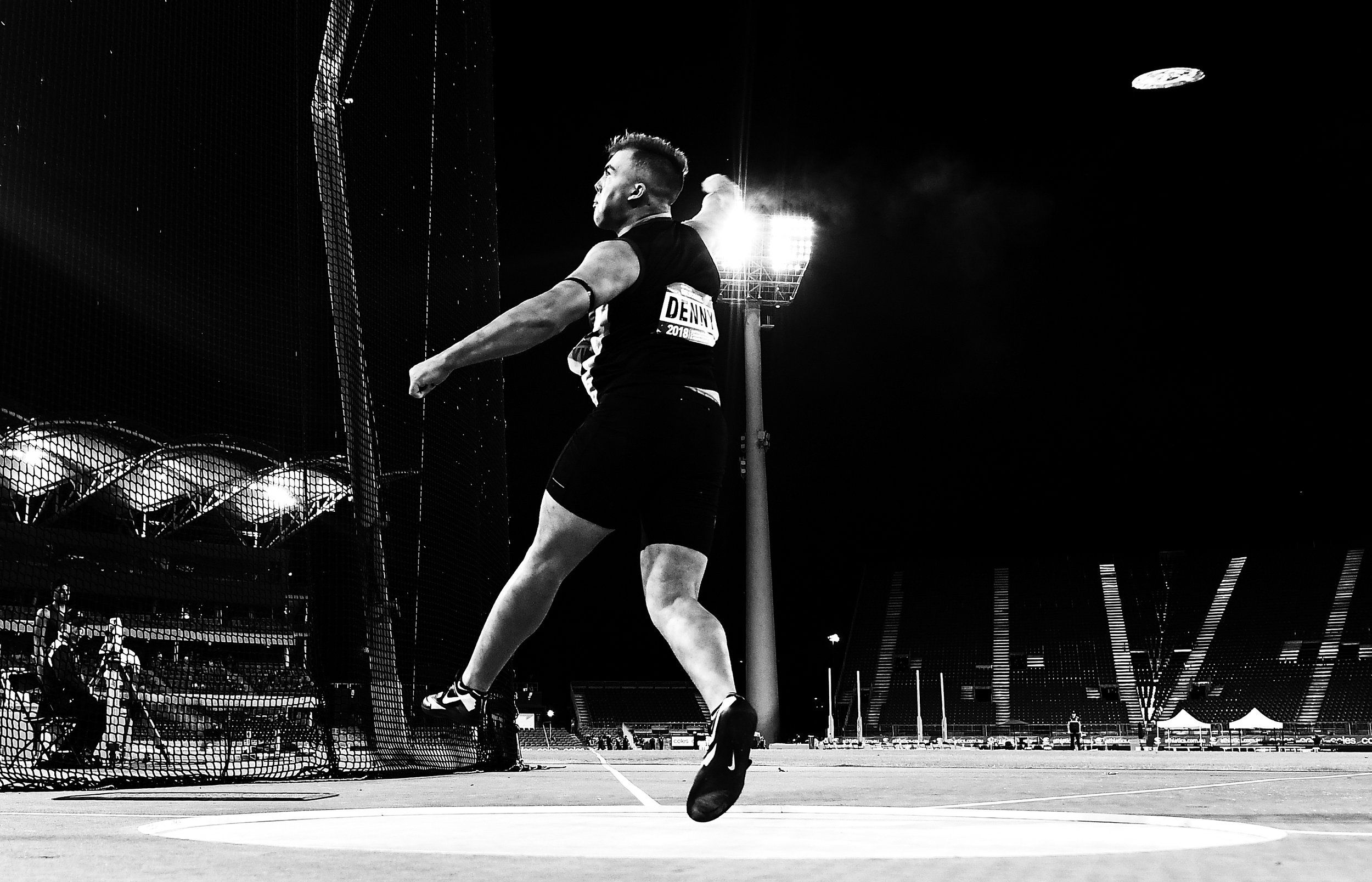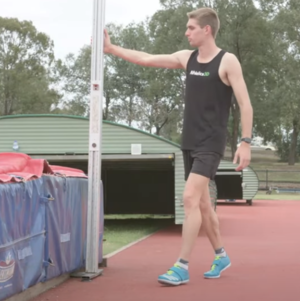Coach Education Resources

Introduction to Coaching Hammer Throw - Part 1
Peter Taylor shares five critical teaching points, coaching cues, and training exercises for coaching the Hammer and introducing the correct technical model.

Complex Training for Track and Field
This article will explain what is meant by the term ‘Complex Training’, how it may benefit your athletes, and how to implement a complex training session.

Core Training for Athletes - Applying the Science
Based on the article ‘Progressions of Isometric Core Training’ authored by Mendrin, Lynn, Griffith-Merritt, & Noffal (2016), Loren Landow takes us through the coaching points, progressions, and demonstrations for the exercises found to be the safest and most effective for the development of core strength and stability to improve performance and reduce the likelihood of injury.

Plyometrics for Sprinters and Hurdlers
Peter Hannan explains common questions about plyometrics and shares exercises that he finds useful for coaching sprinters, hurdlers and jumpers.

Maintaining Clarity and Consistency in a Training Program with Paul Pearce
Australian Level 4 High Performance sprints coach, Paul Pearce, explains his approach to training and weekly training structure for his sprinting group.

Introduction to Sprinting: Five Critical Running Drills
View this video to observe the desired technique and coaching cues for five of the fundamental drills for Track and Field athletes. Essential knowledge for all Athletics coaches.

Attention Deficit Hyperactivity Disorder
This article contains information for athletics coaches working with athletes diagnosed with attention deficit hyperactivity disorder.

Muscles are important, but stiff tendons are the secret ingredient for high-speed performance
Muscles are remarkably powerful… but have have a major performance issue: they can’t produce much force when they’re shortening at high speed. So how is it that we can move so quickly?

Long Term Athlete Development
Athletics Australia’s Lead Sprints Coach, Andrew Murphy, speaks about his approach to long term athlete development and how to facilitate elite performance in Track and Field athletes.

Teaching the Glide Shot Put Drill Sequence
While coaching the throws for over 35 years, I have had the honor of coaching both successful rotational throwers and successful glide throwers. I have spoken about the glide at several track clinics around the country and, when I do, I seem to spend most of the time speaking about the power throw (stand throw). The actual glide never seems to get the attention it deserves.

Using Effective Coaching Cues
For track and field coaches and athletes, coaching cues are a great tool for instructing and reinforcing the desired skill components.
However, there is strong evidence to suggest that not all cues are equally effective.
This article delves into the critical role of coaching cues – specifically, external and internal cues – in shaping athletes' performance, including their ability to develop and retain newly acquired skills.

Hamstring Injury Prevention - Theory and Exercises
Hamstring injuries are one of the most common causes of injury for Track and Field athletes. As coaches, there are a number of different methods we can implement into the training program to reduce the likelihood of injury occurring.
This article will have a look at the evidence and share effective exercises, which you can incorporate into your training.

How to Coach the Fosbury Flop - Drill Progression for Teaching High Jump
This drill progression is suitable for athletes learning the Fosbury Flop technique of the high jump. Before progressing to the flop, athletes should already have developed their Scissors technique.

The Discus Technique of Matt Denny
Matt Denny and Coach Dale Stevenson explain 3 critical phases of the Discus throw.

Inclusive Coaching Using the STEPS Principle
The STEPS formula provides a framework for coaches to make changes to their coaching, in the areas of space, task, equipment, people and speed. The changes can be made for the whole group or just for an individual who accesses the session with different equipment and a different coaching plan.

Running on Sand for Injury Prevention and Performance
It has been claimed that beach running is a great way to improve strength, fitness and running performance while preventing injury. So let's have a look at what the peer-reviewed evidence says, in conjunction with the opinion of our running experts, on the veracity of these claims.

How to Coach the Scissors - Scissors Drill Progression for High Jump
Cedric Dubler and Athletics3D share a simple coaching progression for introducing athletes to the Scissors technique to beginning High Jumpers.

How to Find the Right Coach for You
Finding the right athletics coach for you is important, ensuring they provide advice that fits your needs and lifestyle, and help to create a positive, sustainable relationship with the sport.
But how to go about it? Here’s our quick guide on finding the right coach for you.

The Science of Endurance Running
This paper draws on the extensive current literature in the field to provide a general guide and starting point for further study by presenting a short overview of the elements that contribute to endurance and how these can be trained in athletes. The full version of the paper can be downloaded using the button below.

Three, Four, and Five Stride Approach Drills for the High Jump
The legendary British High Jump Coach, Alex ‘Fuzz’ Caan explains his approach to coaching the 3,4, and 5 stride approach drills. This video covers the scissors in the first half, and the Fosbury Flop in the second half.

